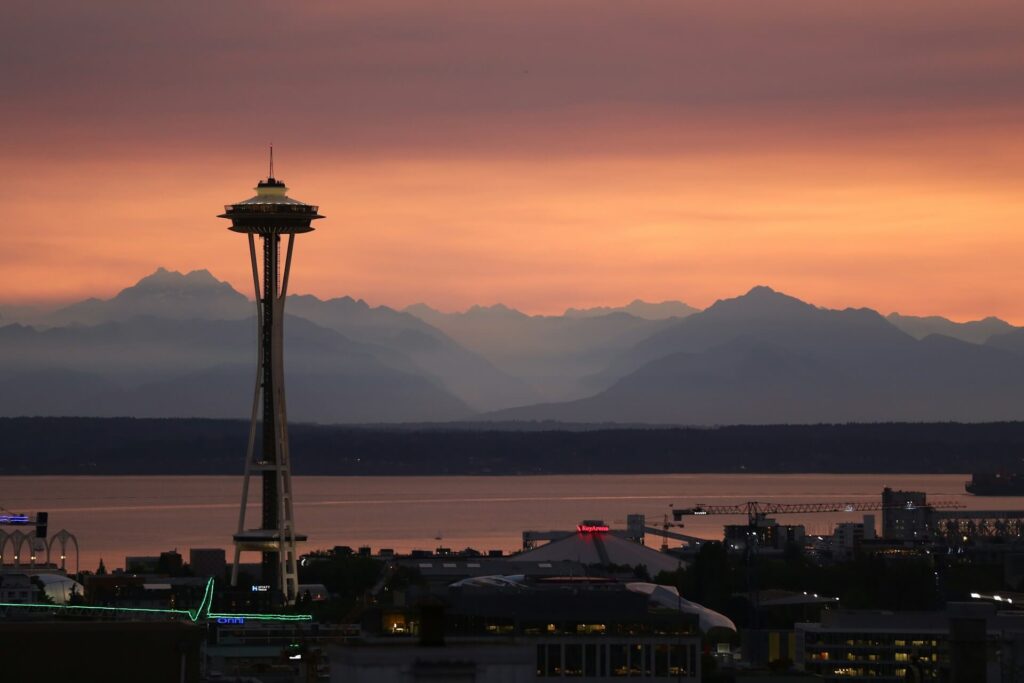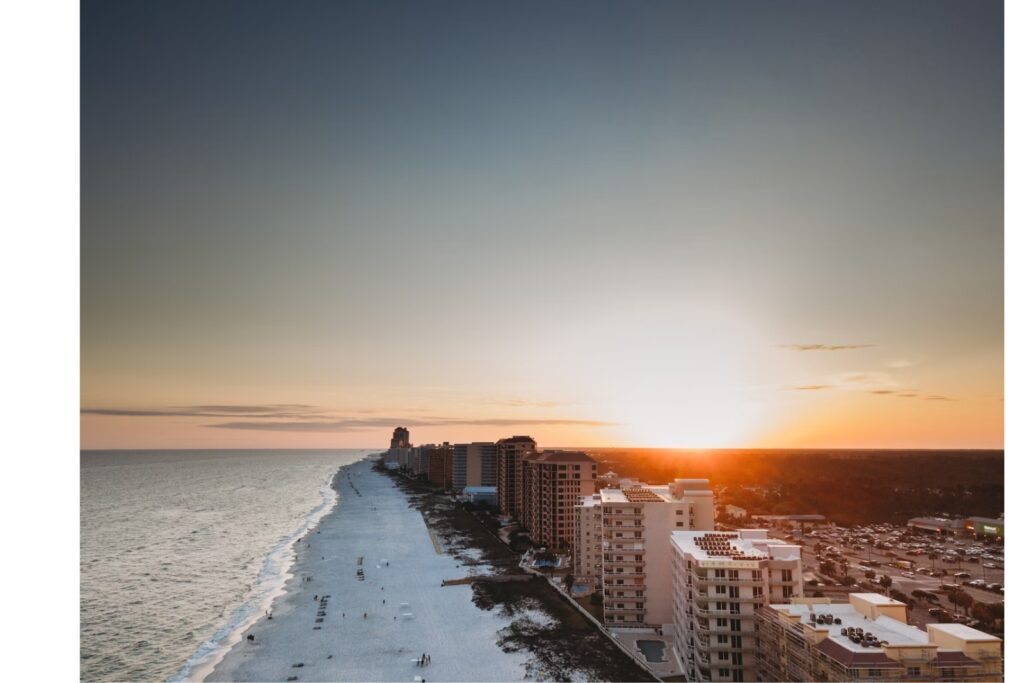U.S. Cities That Are the Most Environmentally Safe (Updated for 2024)

We are reader-supported. When you buy through links on our site, we may earn an affiliate commission.
As climate change becomes more apparent, all countries are called to action. The United States needs to implement extra policies to complete its part in bringing emissions down and moving clean energy forward. The country as a whole is deemed insufficient when it comes to decarbonization at the moment. There’s still time for the country to shift gears. And luckily, sustainability is slowly evolving across environmentally safe cities.
Major metropolitan areas modify their planning initiatives to accommodate the changing needs of the planet and city residents. These targeted efforts shine hopes on meeting green goals and swaying each area’s participation for a collective effort.
From transitioning to fully renewable mass transportation, to streamlining waste and water management efficiency, local governments are tasked with balancing environmental, health, and human requirements. Some cities have mastered these efforts and achieved their climate targets. Here are seven U.S. cities that are the most environmentally safe.
1. Portland, Oregon
Few can resist Portland’s trendy coffee shops, vegetarian food trucks, and abundance of thrift stores. Yet, the city boasts a highly eco-friendly community that has gained a reputation across the country.
The city’s mass transit system has made strides toward an entirely clean energy transition by 2050. As of December 2021, Portland’s TriMet buses have operated on 99% renewable diesel and 1% petroleum, equal to reducing carbon emissions from one city bus veryby nearly 99%.
Additionally, Portland has 4.1 community gardens for every 1,000 people residing in the area. The public community gardens than anywhere else in the country provide nutritious, clean food to its residents.
Portland also looks towards the incorporation of green infrastructure. For instance, eco-roofs and green streets are installed to manage stormwater runoff. These installations maintain the city’s 80-year-old sewer pipes while enhancing sustainable operations.
2. Boise, Idaho
There’s a reason why Boise is nicknamed the “City of Trees,” easily making it one of the most environmentally safe U.S. cities. Idaho’s capital city launched the City of Trees Challenge in 2020, intending to plant one tree per Boise household and one forest seedling for every city resident.
Residents are active when registering in these tree-planting events. Per its impact report, the initiative has successfully planted 2,450 trees, removing 48,000 pounds of air pollution and 6.2 million pounds of carbon.
The City of Boise also hopes to achieve carbon neutrality by 2050 through the following strategies:
- Reduce energy consumption in commercial buildings
- Improve walkability and encourage the adoption of electric vehicles (EVs)
- Secure local food systems to enhance community resilience
- Implement more robust water management and stormwater treatment plans
Boise also plans to invest in climate education and outreach to encourage active residential participation in the city’s climate approach.
3. Honolulu, Hawaii
There’s a reason why Honolulu maintains some of the most stunning ecosystems and habitats in the U.S. For years, the city’s adopted progressive policies safeguarding its natural areas.
For example, Hawaii passed legislation to ban sunscreens with oxybenzone and octinoxate to protect its coral reefs. The law went into effect on January 1, 2021.
According to the most recent report, the City of Honolulu is on its way toward meeting its climate action goals. In 2024, 36.17% of O’ahu’s energy derived from renewable sources. This move was part of the city’s transition toward net-zero emissions by 2045.
Additionally, the report highlighted that Honolulu has generated less construction and demolition waste than in previous years. The city is also on track to reduce its water consumption per capita to 140 GPCD by 2030.
4. San Francisco, California
San Francisco is dubbed the greenest U.S. city for several reasons. Residents and businesses utilize a three-system waste collection program across its jurisdiction. It includes separate bins for recyclables, compostables, and the remaining debris. The city also invests in outreach and informational resources in multiple languages to encourage city-wide participation.
Speaking of businesses, San Francisco has recently launched Yes SF as well. This urban sustainability challenge encourages entrepreneurs and innovators to come up with ideas and technology to transform the city for the better.
Additionally, San Francisco has also aimed to reduce energy consumption by transitioning to renewables. The city’s largest water terminal, Sunset Reservoir, provides power to 850,000 people across the area. Its solar power generation should amount to 100,000 metric tons in 25 years.
5. Boston, Massachusetts
Boston might have the oldest subway system in the U.S., but it’s better known for its walkability. According to WalkScore.com, Boston has an 83% walkability rating for pedestrians to skip mass transit and take a stroll to Fenway Park instead.
Boston created a Climate Action Plan to prioritize emissions reductions. The city hopes to become carbon neutral by 2050, focusing on providing clean energy to marginalized communities by exploring microgrids.
Investing in renewable energy is critical for densely populated cities to consume less energy to power buildings and residences. It allows urban areas like Boston to move away from dirty fossil fuels.
In May 2022, Boston announced the Solarize Eastie pilot program to increase renewable energy access in East Boston neighborhoods. The program will allow lower-income households to generate affordable solar energy, providing a 15% reduction in the average cost of solar panels and no-cost options.
6. Seattle, Washington
Seattle, Washington, is well ahead of the curve as one of the leading environmentally safe cities. The city operates on hydroelectric power that generates clean energy for over half of its commercial buildings and households.
Seattle’s Climate Action Plan hopes to reduce passenger vehicle emissions by 82% by 2030. The city also desires to regulate and lessen commercial energy use by 10% and residential by 20% within the same deadline.
As of April 2021, there was an 11.2% increase in newly registered EVs in the Seattle metro area, which surpassed several other U.S. cities’ EV registrations and now ranks Seattle alongside the top EV-adopting cities in California.
7. Washington, D.C.
Washington, D.C. is also making strides to uphold environmentalism. They have already cut emissions by 36% between 2006 and 2021. On December 1, 2023, city mayor Muriel Bowser relayed the Carbon Free DC Plan at the COP28 Local Climate Action Summitt in Dubai.
The key plans included in the Carbon Free DC include:
- Shifting from fossil fuel combustion in building production to zero-carbon alternatives
- Incorporating transit planning when developing neighborhoods to minimize resource use
- Evaluating embodied carbon in material and energy
- Encourage recycling and reuse to reduce carbon emissions
Washington, D.C., is on the right track. Construction is a key player in addressing carbon emissions. The district’s energy conservation code follows standards under the Leadership in Energy and Environmental Design. Modeling after LEED highlights the importance of green buildings and the practices that bring them to life.
To add, Washington, D.C., is home to many national parks and continuously maintains these natural spaces. The Trust for Public Land declared the city the best big city park system back in 2022.
U.S. Cities Lead the Way to a Safer Planet
The most environmentally safe cities in the U.S. have set an example for other urban areas to follow suit. All cities across the country should be moving full steam ahead toward building more climate-resilient infrastructures that protect the environment and its citizens.
Original Publish Date 09/24/2022 – Updated 05/29/2024







